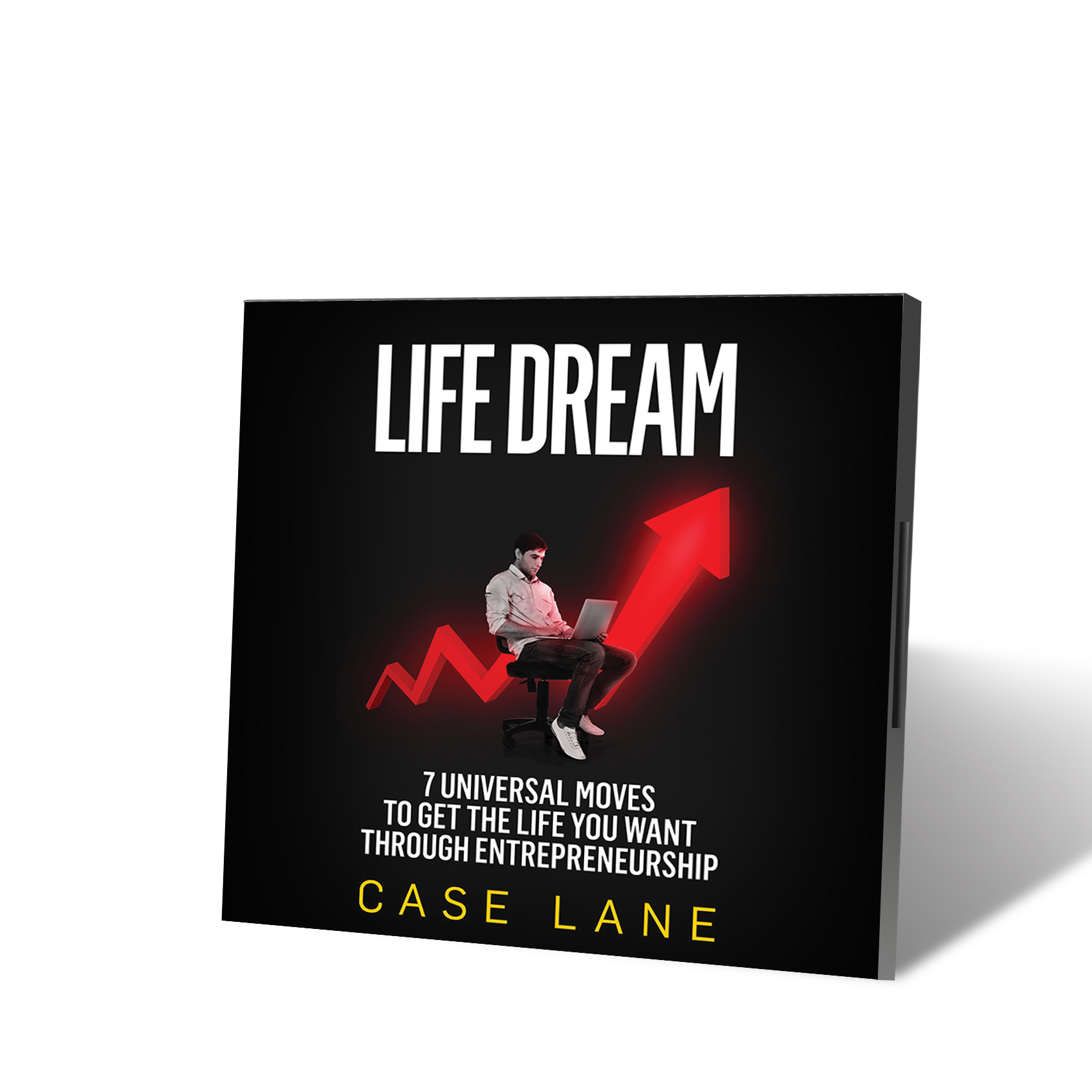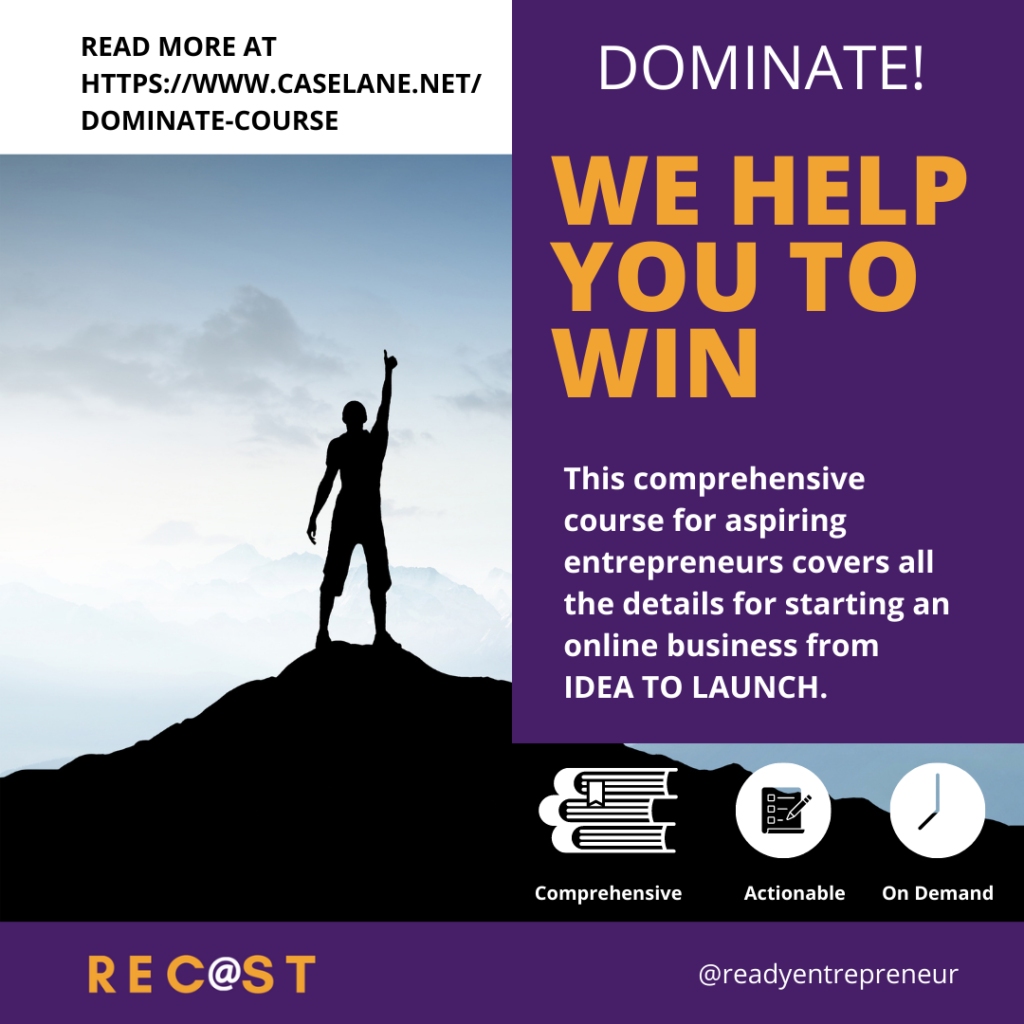Rising Entrepreneurs: Is Advertising Worth the Cost?
How to Measure Your ROI when Making Marketing Decisions
Big Words vs. Your Business Numbers: Bad advice and wild declarations could be preventing you from maximizing opportunities for your business. Here is a straightforward process for determining, for yourself, whether you are making or losing money from your marketing decisions.
Do you listen to – just about everybody – as you try and build your business? Are you wondering who is right and who is wrong about spending ideas like buying advertising on Facebook or managing your own website?
How should you decide what to do?

One option is to decide based only on numbers – the actual profit – you could make from your decision. Even if your business has no customers or profits, you can be disciplined about evaluating every decision along economic lines. Make your calculations against a long-term vision for your business. You do not have to worry about making money tomorrow, only about making money.
When you hear someone say a particular business decision is “expensive,” you have to determine, for yourself, if the statement is true. The word ‘expensive’ is relative to your own costs and profit goals.
You have to do your own assessment. Taking someone else’s statement at face value may be costing you your opportunity to be successful with your business plans. If you are a rising entrepreneur, you may be missing an approach for directly making money if you take advice without knowing your own numbers.
What is expensive to You as CEO?
Entrepreneurs must understand whether or not your business spend is making you money – or you may soon go broke. When you spend money on your business, you have to learn how to measure the return you are getting from your investment. Another person’s declaration of what is or is not expensive should have no effect on you, if you truly understand how you make money.
You must be able to calculate your ROI – return on investment – for your spend. An ROI greater than 100% is the minimum goal. You want to earn back every penny you put in, and more. But the question is: 100% of what measure? The calculation of ROI is relative to your objectives.
Want a FREE PDF copy of this blog post?
Enter your email address to receive a free PDF copy of this blog post and all of our latest updates, news and great content from Ready Entrepreneur
Your Business Must Make Sales
Most entrepreneurs have something to sell – either products or services or both – into the global marketplace. You offer solutions to problems, conveniences, value, opportunities, short cuts and other benefits to consumers who want or need what you have to offer.
You want your business sales to return greater than 100% of the cost you pay to run the business. For example, authors want to receive more than 100% of costs returned as royalties from book sales.
To determine if the spend is getting a return consider: how you earn revenue, the timeframe when you will recover costs, and who you expect to eventually receive the payment from.
To illustrate, we will use the example of purchasing advertising from Facebook or Google to promote your business. When you make the decision to purchase advertising do you expect to eventually sell to people who see your ad, click on it, or convert by taking a specific action?
These are the factors you must consider – where is the revenue eventually going to come from?
To determine your parameters for calculating your return, ask yourself a few questions: Why are you buying ads? What do you expect the ads to do for your business?
If you cannot answer those questions with exactness, meaning exact dollar figures, you may be pursuing a blind advertising strategy for your product or service.
Entrepreneurs buy advertising to reach an audience. Facebook or Google advertising allows you to target people who may be interested in your ad because they fit a specific demographic or interest group connected to your product or service. For example, if you write thriller books, you can target all the thriller fans who have claimed the interest on a digital platform.
To Calculate ROI on Advertising:
Set-up your Ad
This example will focus on calculating your ROI for advertising spend only. You will not find the information on how to do a Facebook ad or use Google Adwords. If you want information on technical features such as creating or placing your ad, tweaking the ad, or writing better copy, put a note in comments to request a future article.
When setting up your ad, you will want a measure of performance. For example, people create an ad to prompt a Call-To-Action (CTA) – an activity they want the ad viewer to do. The CTA is aimed at fueling an end goal for your business. You are then able to measure performance based on how many people do what you want them to do.
The value of the return starts with your reason for creating the ad.
Let’s use the following illustrative example: You have a brand new product that no one has heard about, but you are interested in targeting potential customers who may be interested. You can create an ad campaign with ads that have a CTA to click to enter an e-mail address and receive an incentive from you such as an introductory product supplement or important research information related to your new product.
For this campaign, two measures are important – how many people click the ad, and how many people enter their e-mail address to receive the incentive.
Calculate your expected profit from selling the new product
To apply real numbers to the calculation of your return, you must determine your expected profit. If, as a result of the advertising campaign, you were able to sell the product to everyone who executed the CTA, what would you earn from each sale?
More generally, determine how you expect to drive sales through the money you are spending. If you set up a website, buy supplies, take a competitor to lunch, attend a conference – how are you creating sales for your business? The same thought process must be applied to your advertising.
Once you know the potential profit you expect to receive, you can determine the return you need to achieve it.
What is the expected profit from the sale of the product?

Know Your Costs for Each Outcome
In our advertising example, you must know the ad spend for each successful CTA by a potential customer.
One note: This article is only about recovering your cost for specific spend such as advertising, and not all the other potential costs you can have when creating your product or service. For this example, this calculation does not include the costs for creating, producing or distributing your product or service, the cost of your time, materials, outsourcing, or web services. The actual total cost of the product or service includes more than advertising spend or another targeted expense. But we are not going to consider the ROI on your entire production and distribution process.
The purpose of this article is to help you weed out facts from hubris when listening to third party advice about your business decisions. You have to know your own numbers to avoid having people persuade you to take action that may be against your best interests.
With your advertising expenses, you should know exactly how much money is being spent, which means you can track the value of that spend directly to your results.
Tracking Your Results
Using our earlier example for digital advertising, you must decide which result statistic matches your overall strategy.
From earlier, if you decided on measuring how many people click on the ad, and how many people enter an email address, you have the important statistics you want to analyze. The people who enter their e-mail are conversions.
You want to pick one of these measures to track against the money you are spending.
Conversions are the number of people who acted on your CTA – such as those who entered an email address or went to your website. For many advertisers, the number of conversions is the statistic that matters.
You will have to decide which measure optimizes returns for your marketing strategy. How are you going to continue to motivate customers – with great products, added value, more information or other incentives?
Based on this overall plan, you must set your goal for the ads. What is the connection between your marketing and the potential for a sale?
For example, an author may give away one free book in a series, in the hope the potential customer will buy the next book in the series. Perfumers give away free samples in the hope you will buy the whole bottle. Cruise ships throw in the drink package to tempt you to take the cruise. When was the last time you got through Costco without sampling a new food or drink?
Make the connection. This goal is speculative. You have no idea if someone will eventually end up buying your book or perfume or food. Nor do you know if they bought the product or service only because of the advertising. You’re guessing based on past performance, research, habits for people in your industry and other concepts. Maybe you can clearly see a bump in sales after you advertise. But there are no guarantees. You will want to generate enough ongoing interest to keep the new customer engaged on some level.
Calculate Your Return
Go back to the expected profit and our advertising example. If you assume that your advertising will lead a customer to buy your product, perhaps within one year, you want the expected cost per conversion to be less than the expected profit per customer.
To calculate the return, divide the total amount spent and total number of conversions (number of successful CTAs or email addresses received). This will give you the cost-per-conversion. Then you can assess the value of your marketing.
For example, if your expected profit on each sale is $2.09, and cost-per-conversion is below $2.09 you can feel good about earning the money back. If it’s above $2.09, you may need to tweak the ads or target audience to try and get that amount down.
You should always know your expected profit from your product, and the cost-per-conversion so that you can automatically see if you have the potential to earn more money than you are spending on your ads.
Ideally, you want to minimize the cost-per-conversion number as much as possible. You really only want to pay $0.01 (one cent or less) per conversion. [This means if you were spending $10 a day on advertising, you would need 1,000 conversions a day, which would be awesome, but you see the challenge].
The key is to understand what each conversion means to you. When you look at your overall campaign, focus on the number you originally determined to use as the basis for a return. If cost-per-click is not a factor for you, do not bother tracking the number. Only worry about the number you want to use to track performance. Other numbers remain interesting to your overall results, but not important to determining your return.
If you set an ROI number based on conversions you only have to worry that conversions are performing. Do not get obsessed with clicks if your conversions are delivering.
To determine your long-term prospects for earning your money back, you can also track how many products you would have to sell to break even. For example, based on the above numbers, if after one month, you have 500 people on your e-mail list, but no sales, you need to sell at least 144 products to earn your ad money back. [Note the math: Spending $10 a day for 30 days = $300, potential profit is $2.09, $300/$2.09 = 143.54 – rounded up).
You can envision selling 144 products over the next year, so the prospects still look good. But if after a year of the same monthly spend and you still have no sales, you would need to sell 1,723 products to break even. Now you may be a little worried.
However, if you have 6,000 e-mails on your list you can work on marketing to your list and try and earn the money by promoting the next product to your existing ‘warm’ leads. You can think of new incentives and ideas to show your customers the value you have to offer and how you can help them find satisfying solutions.
Be Wary of Big Talkers Making Pronouncements
The next time you hear someone say “Advertising is expensive,” remember to do your own math. You have to determine “by what measure?” and then apply the measure to your business.
Using our ongoing example again, if next year, cost-per-conversion goes from $2.09 to $4.09, and you receive fewer conversions with the same ads, then you can agree ads are getting too expensive for your business model. But you cannot know exactly what your risk is until you have run your own numbers.
You must decide:
Why you are creating the ads?
What you want to achieve through the ads?
Which product or service you plan to sell and what is potential profit?
Decide on your own definition of “expensive.”
If you have an opportunity to reach an audience, and good marketing ideas, do not let the moment pass you by because someone else has found the prospect daunting. Pursue your own advertising strategy based on the options that work for your business.
–$–
Case Lane founded Ready Entrepreneur to help people who struggle to get the information they need to start a business and fulfill their lifestyle dreams. Ready Entrepreneur works with aspiring entrepreneurs, wantrepreneurs and rising entrepreneurs who are frustrated, confused by the technology solutions but thirsty for the information they need to grow the business. Case shows you how to access the resources you have to tactically develop a business that can be competitive in the global market and deliver market share, profit and cash flow. Please feel free to visit her blog to find unique articles and resources that support this vision.
Sign-Up to Join Case’s Insiders Group and get the latest information on getting started as an entrepreneur.





